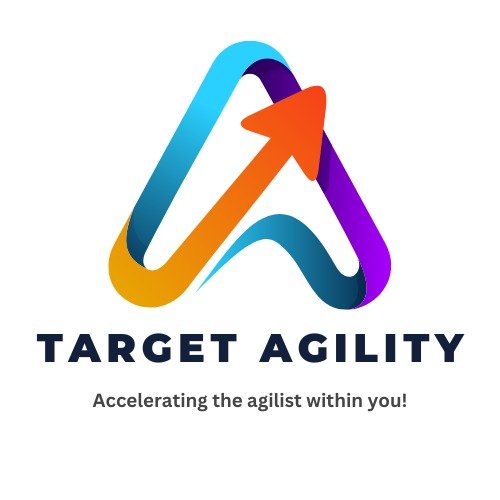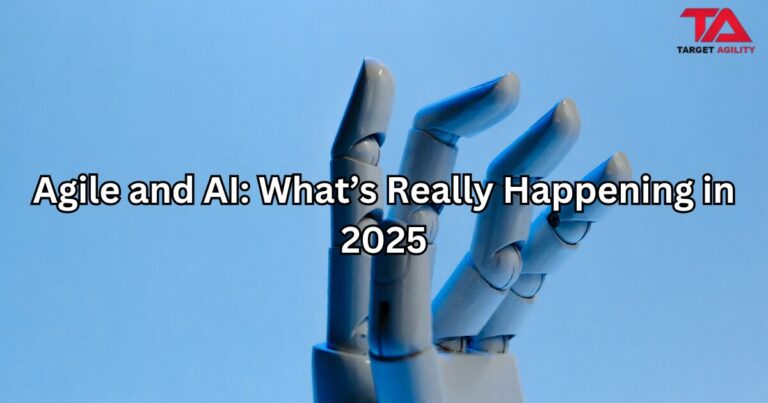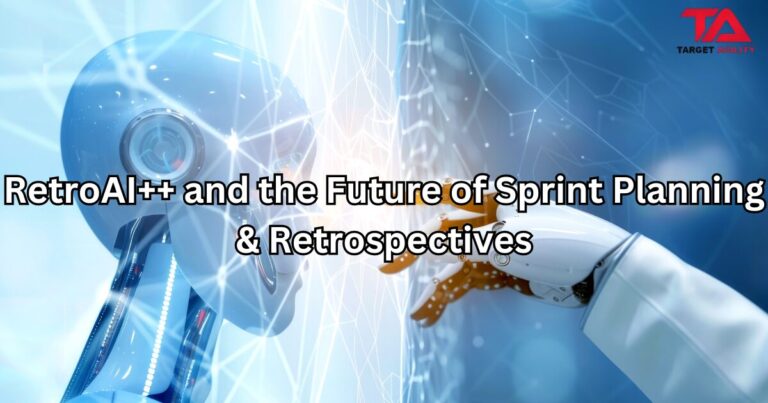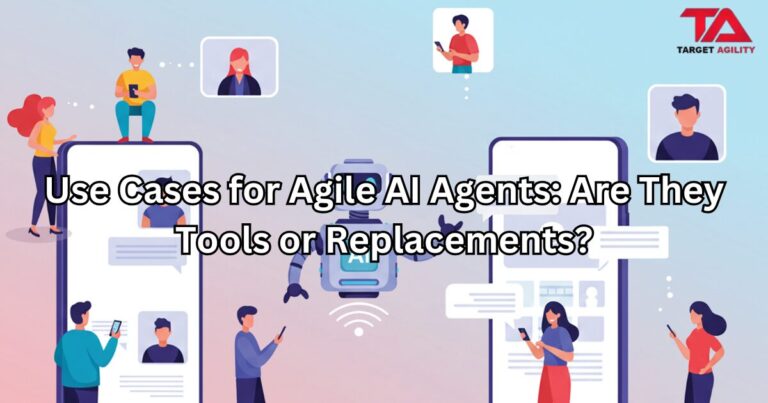The Scaled Agile Framework (SAFe) helps large companies manage their agile practices across many teams. In 2025, SAFe 6.0 has been updated with new ideas to match today’s fast-changing world. With AI, changing markets, and remote work, SAFe has made some big changes. Let’s look at what’s new and what’s no longer recommended.
✅ What’s New in SAFe 6.0 (2025)
1. Using AI to Help Make Decisions
SAFe now supports using artificial intelligence (AI) and data tools to make better and faster decisions. This includes things like automatically prioritizing work and predicting delays.
What this means: Teams can use tools like dashboards and AI to plan more effectively.
2. More Focus on the Customer
SAFe is encouraging teams to stay closer to their customers. This includes using design thinking, empathy mapping, and gathering feedback regularly.
What this means: Product Owners and team leads should spend more time talking to customers and understanding their needs.
3. Teams Make More Decisions
SAFe now promotes team-level decision-making, instead of waiting for approvals from top management.
What this means: Agile Release Trains (ARTs) can make faster decisions and respond more quickly to change.
4. Flexible Budgets
Instead of setting a yearly budget, SAFe supports dynamic funding. This means money can be moved based on progress and changing needs.
What this means: Leaders need to be ready to adjust funding regularly instead of sticking to a fixed plan.
5. New Skill: Agile Resilience
A new skill called Agile Resilience has been added. This focuses on helping teams stay strong and flexible during tough times or big changes.
What this means: Leaders should now support both productivity and emotional well-being.
🗑️ What’s Outdated or Less Useful Now
❌ 1. Too Many Fixed Roles
Earlier versions of SAFe gave strict definitions to roles like Scrum Master or RTE. Now, SAFe says it’s better to adjust roles to fit your company’s needs.
Why this changed: Too many rigid roles slowed teams down and caused confusion.
❌ 2. Strict Portfolio Control
Older SAFe versions required tight control at the top levels. The 2025 update supports lean governance, where teams are trusted to make decisions.
Why this changed: Too much control reduced speed and team motivation.
❌ 3. Annual Planning Events
SAFe is moving away from once-a-year PI planning. Instead, it encourages shorter and more frequent planning, sometimes done online or in small sessions.
Why this changed: In today’s fast-paced world, yearly plans become outdated quickly.
👉 What Should You Do Now?
If you’re using SAFe in your organization, this is a good time to:
- Train teams on the new skills
- Start using AI tools to manage work
- Review your budgeting and planning processes
- Give your teams more decision-making power
SAFe 6.0 in 2025 is more than a framework. It’s a guide to running modern, flexible, and customer-focused organizations.
Conclusion
Agile isn’t just a set of steps anymore—it’s a mindset. The 2025 updates to SAFe 6.0 push companies to be more flexible, customer-focused, and tech-savvy. The teams that adapt to these changes will lead the way in their industries.












